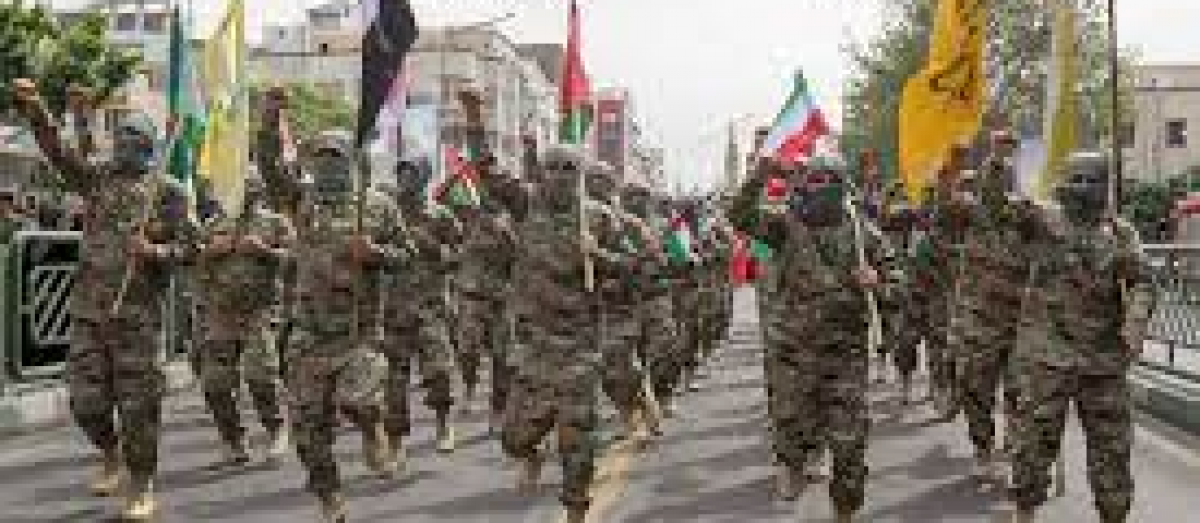
Introduction:
In recent years, the geopolitical landscape of the Middle East has been marked by the assertive presence of Iran, a country with historical significance and regional ambitions. While it may seem that Iran’s objectives revolve around a desire for hegemony in the region, it is essential to delve deeper into the complex factors that shape its foreign policy. In this blog post, we will explore Iran’s regional goals, examining the perceived threats it poses to the United States and its allies.
Iran’s Regional Objectives:
- Strategic Hegemony:
Iran’s ambition for regional hegemony is a multifaceted goal rooted in historical and geopolitical considerations. As a nation with a rich history and cultural influence, Iran seeks to assert its leadership role in the region. - Destabilization of Sunni Influence:
The Shiite-Sunni divide has long played a role in shaping the political dynamics of the Middle East. Iran, predominantly Shiite, aims to diminish the influence of Sunni-majority nations, fostering political instability to tip the balance in its favor. - Israel’s Existence:
Iran’s stance on Israel has been a contentious issue. While Iranian leaders have voiced strong opposition to the existence of Israel, attributing it to historical grievances and religious differences, the extent to which this is an active objective remains a topic of debate. - Expulsion of Foreign Forces:
A consistent theme in Iran’s foreign policy is the desire to reduce the presence of foreign powers, especially the United States and its allies, in the region. This objective is often pursued through diplomatic means, influence over regional proxies, and support for anti-Western movements.
Challenges and Realities:
- Military Realities:
It is evident that a direct military confrontation with the United States would be impractical for Iran. The military capabilities of the U.S. and its allies far surpass those of Iran, making a direct confrontation an irrational choice for the Iranian leadership. - Economic Pressures:
Iran faces economic challenges, including sanctions that impact its ability to fund expansive regional ambitions. Balancing military endeavors with economic realities poses a significant challenge to Iran’s regional strategies. - Global Diplomacy:
Iran’s objectives have faced resistance on the global stage. The international community, including the United Nations and key global players, has expressed concerns over Iran’s actions, complicating its pursuit of regional dominance.
Conclusion:
Understanding Iran’s regional objectives requires a nuanced approach that considers historical context, geopolitical realities, and the limitations imposed by global dynamics. While Iran seeks to establish itself as a dominant force in the Middle East, the path to achieving these objectives is fraught with challenges, ranging from military impracticalities to economic constraints. As global tensions persist, a comprehensive understanding of Iran’s goals is crucial for shaping effective diplomatic strategies in the pursuit of stability in the Middle East.



